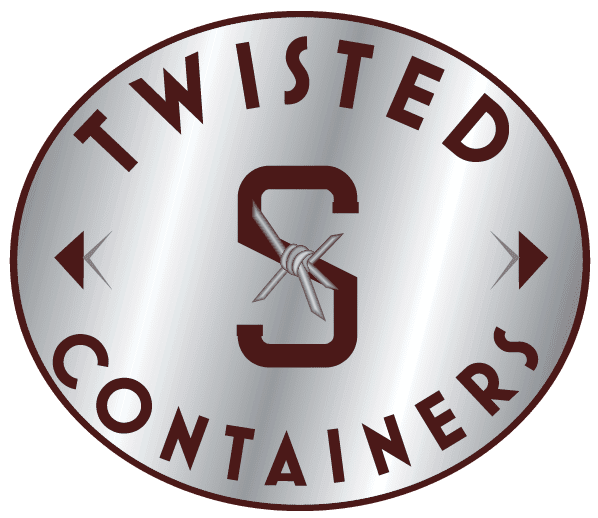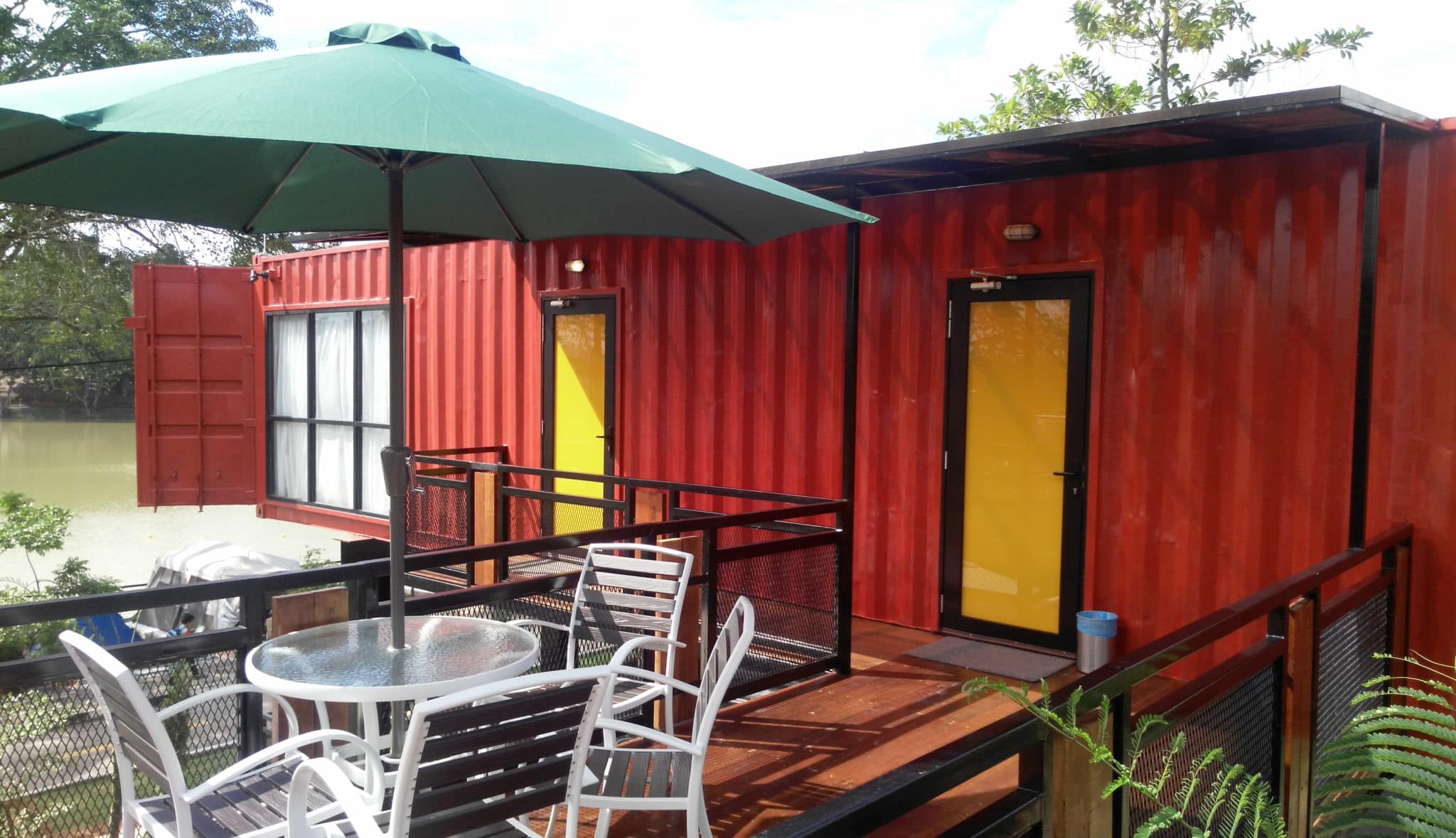Are you thinking about a shipping container building project? Shipping containers are well-suited for home use because of their convenient size and their simplicity. However, things are never that simple, and building with shipping containers may still be accompanied by challenges. That’s why you need to be well-versed with these container home tips before using shipping containers to build your house. Check out our top container home tips before starting a container home building project.
Building with Shipping Containers: 6 Tips
Shipping Container Houses Need Insulation
Shipping container homes can become unbearably cold in winter and scorching hot in summer, making insulation an essential step in their construction. Without proper insulation, the steel walls of the container can easily trap heat or cold, creating uncomfortable living conditions. It’s important to consult experienced contractors who specialize in container homes for advice on the best insulation solutions.
Popular insulation options include blanket-style insulation, spray foam insulation, and sheep wool, each offering different levels of thermal protection. For those seeking sustainable alternatives, sheep wool insulation and green roofs provide excellent eco-friendly options. Proper insulation not only improves comfort but also increases energy efficiency, making your container home more sustainable in the long run.
Read More: Shipping Container Insulation 101
Local Permits and Regulations
Before buying a shipping container for your home project, it’s essential to thoroughly understand your country’s rules and building standards. Many people overlook this step, assuming it’s not necessary, but failing to comply with local building codes can lead to costly setbacks. Each region may have unique restrictions and guidelines when it comes to constructing homes from shipping containers.
Key factors to consider include design requirements, deed restrictions, and both federal and state regulations that might impact your project. While some states have strict rules regarding shipping container homes, others are more lenient and welcoming to these alternative housing solutions. Doing your homework in advance will help you avoid potential legal issues and ensure your container home is compliant from the start, giving you peace of mind as you begin your build.
Read More: Do I Need a Permit for My Shipping Container?
Differences in Container Conditions
It’s important to note that not all containers are in the same condition. For instance, it’s important to know what condition you are looking for in a container. You don’t want to end up with a container with rust holes, extreme dents, or other structural issues. One way to get a shipping container in great shape is by requesting the seller for detailed pictures and a description of the container. You might also consider investing more to avoid the extra expense of fixing a badly dented container.
Read More: Shipping Container Conditions Guide for Beginners
Off-Gassing and Pesticides
Most shipping containers have their wood flooring made with heavy pesticides to deter rodents from eating the flooring. The containers may also have paint that contains harmful chemicals to protect the containers from the ocean’s salty waters.
First, you can look for chemical-free containers or consider foam insulation when insulating the interior of your shipping container home. The foam insulation protects off-gassing from hazardous chemicals. Secondly, you can replace the pesticide-infested flooring with flooring that’s free from pesticides.
Plan for Pipes and Wiring
Planning your plumbing pipes and electrical lines is important when designing your shipping container home plan. Seeking advice or help from a professional and skilled contractor will save you the hassle.
Find a Contractor Well-Versed with Containers
Consider finding a contractor that is experienced with the entire process for convenience and high-quality finishing. Finding shipping container contractors may be difficult because it’s a relatively new niche in the building and construction industry.
Reach out!
While shipping container houses are sustainable and unique housing options, it’s crucial to understand the important things to know before you focus on container home building. So, if you need help or have any questions about how you can buy a shipping container in Oklahoma and the surrounding states, contact us at Twisted S Containers, and we will guide you through the process.
Read More:
Buying a Shipping Container: The Container Basics Guide

